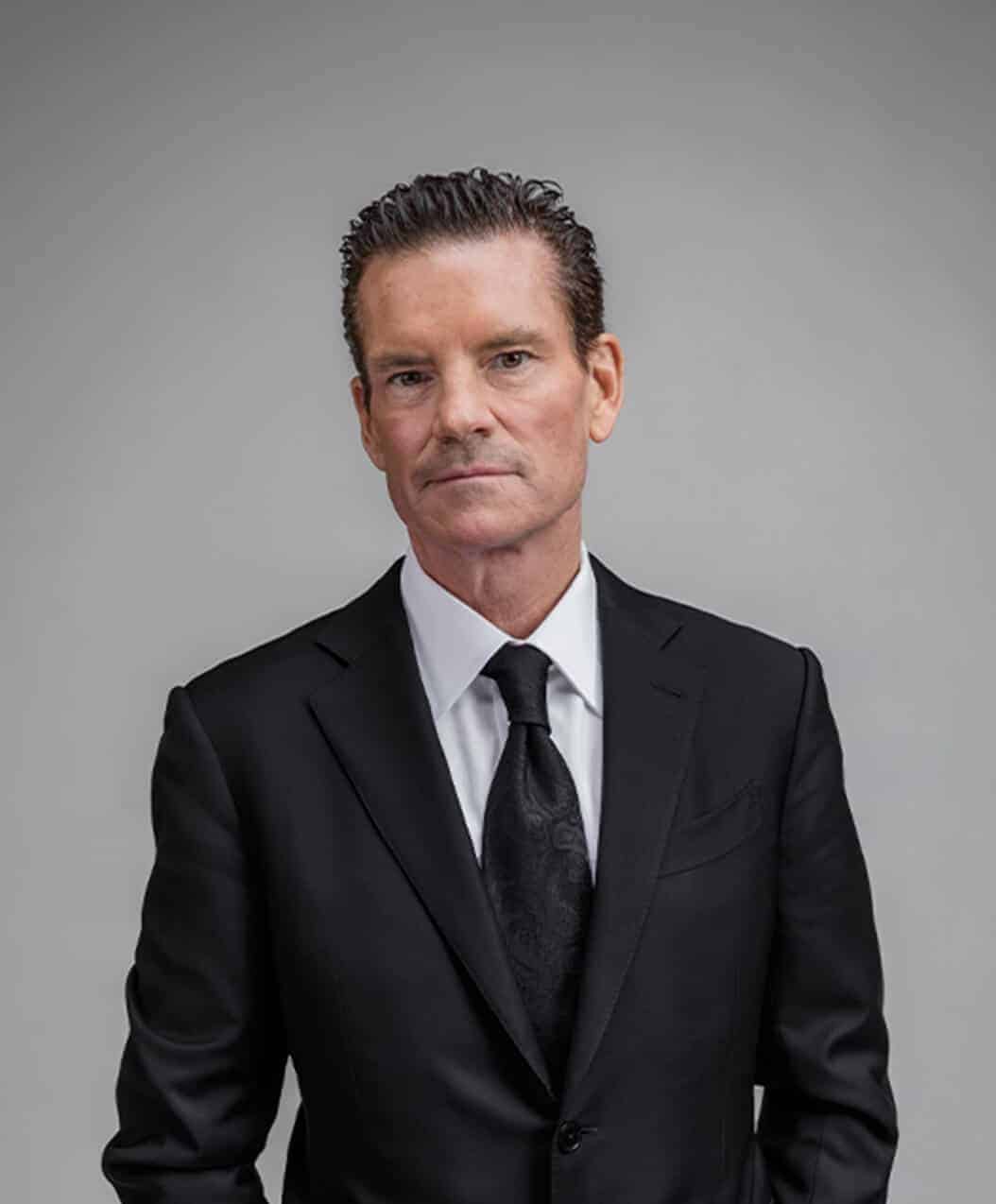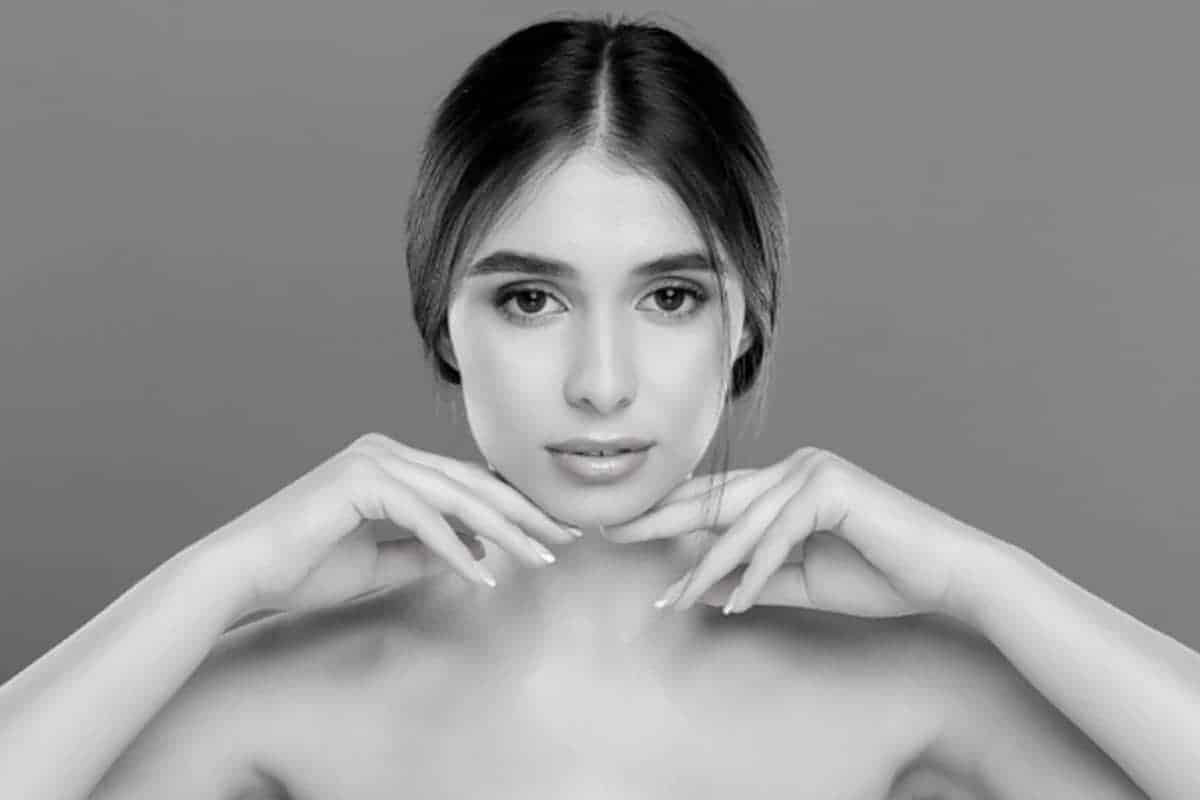January 12th, 2025
Dr. Mulholland, Md
Of all the cosmetic surgery procedures, nose surgery is the most popular procedure. It was the number one procedure performed among both men and women in the last three years, beating out procedures like eyelid surgeries, liposuction, and facelifts.
Rhinoplasty can provide overwhelmingly satisfying results to our patients who desire a natural-looking and beautiful nose; however, the procedure itself is only half the battle. Taking the proper post-op steps in the days following recovery is almost as vital as the surgical procedure itself.
When it comes to nose surgery, one of the most important steps is regulating proper sleep after rhinoplasty that is both comfortable and safe. Learning to sleep safely after a rhinoplasty is vital to the healing process and requires a slight bit of finesse and possible adaptations to how one positions themselves. Because of this, one of the biggest questions we receive about post-operative care is how to sleep after rhinoplasty, or more specifically, “when can I sleep on my side after rhinoplasty.”
Why Sleep Is Important After Surgery
Getting proper rest after any surgical procedure is paramount to keeping your immune system healthy and speeding up your recovery process. The body works extra hard following a procedure, especially when filtering out any residual anesthesia, so it’s perfectly normal to feel extra tired and groggy during the first week after your surgery.
While you sleep, your brain doesn’t need to work as hard to control your body and is able to designate more attention and supply more blood flow to points of injury to the muscles and tissues. The brain triggers the release of hormones in this blood flow, which provide extra nutrients and oxygen, which is critical for healing. Additionally, your body makes more white blood cells in your sleep, which helps your immune system fight off viruses and bacteria from preventing proper healing. Getting a proper eight hours of sleep and additional naps throughout the day is vital for these healing functions to occur, especially in the first few days of sleep after rhinoplasty.
How Can I Sleep Comfortably After Rhinoplasty?
Getting a full night of sleep is easier said than done, especially after rhinoplasty.
The best sleeping position after rhinoplasty is on your back with your head elevated. The reason for this ideal positioning is because the nose is extra tender, delicate, and malleable after a rhinoplasty procedure, meaning you should at all costs avoid putting pressure on the nose, which can both cause physical pain as well as compromise the integrity of the procedure. Meanwhile, the elevated position is recommended as it reduces swelling, minimizing fluid retention and congestion in the face while also promoting good circulation in the face. An incline of about 35-40 degrees is ideal and can be achieved with either a reclining bed or 2-3 stacked extra pillows.
If you usually sleep in the bed with a partner or family pet, it’s also advisable for you to sleep separately from them, at least for a few days while you recover. An accidental hand, arm, paw or tail to the face will be not only extremely painful but also counter-productive to your healing process.
You may have trouble sleeping following your nasal surgery, whether because to pain or discomfort. Nonetheless, it is recommended to avoid using sleeping pills as they may cause reactions with other prescriptions you are taking, such as pain medication prescribed or recommended by your surgeon.
Adjusting to a New Sleep Position
Side sleepers may find difficulty adjusting at first, but it is important to remain diligent. It is a great idea to practice sleeping in the ideal elevated back-sleeping position before undergoing your procedure.
The reason for this is that it can take several days for your body to adjust to the new position, and getting proper sleep the night before and the days following your procedure are paramount. Having yourself already adjusted to fall asleep in this position beforehand can make a world of difference to your recovery.
One recommended investment for good night’s rest after rhinoplasty is either a wraparound neck pillow like you’d have on an airplane or a backrest pillow with arms on either side to help keep your head steady and help prevent turning over in your sleep. Otherwise, stacking as many pillows or rolling up blankets on either side of you for the same reasons is advisable.
If you find yourself waking up in a previous side or stomach position, be sure to correct yourself immediately.
Returning to Normal Sleep Positioning
While sleeping on your back is a great position for reducing back pain and preventing facial wrinkles from the pressure of your pillow, it’s understandable that you will want to return to your usual position and want to know, “When can I sleep flat after rhinoplasty?”.
In general, you may return to your previous sleep position within a week following your procedure. How long to sleep elevated after rhinoplasty, of course, is dependent on how well your healing process is going. It is important to still take care at this point, as the nose will not be fully healed for about three weeks following your procedure. If you find your side or stomach facing positions are providing you with discomfort or congestion, return to the previous elevated state for another few days and try again.
Rhinoplasty at Toronto Plastic Surgeons
Now that we’ve discussed sleep after rhinoplasty, let’s talk about the types of nose surgery our clinic has to offer and the work that goes into them.
Traditional Rhinoplasty
The goal of traditional rhinoplasty is to help a person create the ideal nose they’ve always wanted. For some, this means changing their nose’s shape, size, and style and improving symmetry across the face. Symmetry is the key to good rhinoplasty, as it requires a careful balance of skill during a procedure. For example, while a patient may only wish for a bump or bend to be smoothed out, doing just that may create a disproportioned appearance to the rest of the nose; thus, other aspects of the nose like the bridge or nostrils need to be also corrected for proper facial symmetry.
When it comes to the overall aesthetic, women usually desire a more feminine, slender, rounded and “cute” nose, while male rhinoplasty often achieves the opposite effect, usually requiring a straightened broader bridge with a more angular and masculine appearance. Learn more with TPS about the process and male rhinoplasty cost.
Traditional rhinoplasty can be performed in a few different ways:
Open rhinoplasty is one method performed when the procedure requires more in-depth surgical elements to create the desired aesthetic appearance. This method is used to correct things such as protrusions and bumps on the nose, bulbous tips, and changing the size of the nose. This is done by manipulating the tissues, bone, and cartilage in the nose.
Closed rhinoplasty, meanwhile, is a less invasive type of rhinoplasty, where most of the surgical incisions take place inside the nose, through the nostrils, rather than cutting into the exterior of it. This method is preferred for treating internal nasal obstructions and bumps, as well as concerns to the tip of the nose. This method is generally not used, however, for major aesthetic changes since structural reworking will generally require open rhinoplasty.
Septoplasty
One of the common myths about nose jobs is that the procedure is strictly done for cosmetic reasons.
In fact, one of the many rhinoplasty benefits is that it can be used to treat obstructions in the nose that prevent a proper flow of air. One example of such conditions is a deviated septum. A deviated septum is a very common condition where the wall of cartilage separating your nostrils deviates to one side, resulting in a blockage through the nasal passageway, which can lead to a number of issues such as nose bleeds, infections, headaches, snoring, and sleep apnea.
Septoplasty is a type of rhinoplasty that treats this deviation, and while prominent bends and deviations may cause a change in the outward appearance of the nose, in general, the overall shape is left unchanged unless designated as a desire by the patient.
Sleep Apnea and Rhinoplasty
Improvements to snoring, sleep apnea and rhinoplasty are very much connected. Sleep apnea is a result of the flow of air being so constricted that an abrupt halt in breathing occurs, resulting in a jarring wakeup. Often, patients report having a better sleep after rhinoplasty, as the improved airflow through the nose means that the breathing passages do not have to work so hard, thus does not trigger the conditions of snoring and sleep apnea as strongly as it had prior to the procedure.
The 5-Minute Nose Job
The five-minute nose job is a revolutionary non-surgical procedure. This modern type of cosmetic rhinoplasty utilizes dermal fillers to hide and correct the appearance of bumps, scoops, and minor bends on the nose.
As the procedure is non-surgical, there is no downtime to the procedure, nor does it require any anesthesia, making this a great option for those with minor concerns about the appearance of their nose, without the need for full traditional rhinoplasty.
However, it should be noted that this method is strictly for cosmetic purposes and does not correct structural issues such as a deviated septum or obstruction.
Revision Rhinoplasty
One of the most common questions we get at our clinic is whether a person can have more than one nose job. The answer, usually, is yes. While the overwhelming majority of rhinoplasty procedures are successful, our team of plastic surgery experts is always willing to help patients unhappy with a prior procedure. This is what is known as revision rhinoplasty.
Having an experienced surgeon like those at our clinic is crucial when getting revision rhinoplasty, as the structural integrity of the nose is more rigid and less malleable, especially in cases with thicker scar tissue. In general, we recommend a patient wait two years after their initial procedure before seeking us for revision rhinoplasty to ensure the nose has adequately healed and settled into its final shape.
Get Started Today!
If you’re considering rhinoplasty or have any further questions about sleep and other recovery aspects of the procedure, feel free to give us a call at 647-723-3739 or schedule a consultation with one of our surgeons online.



